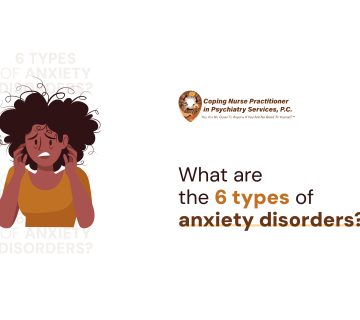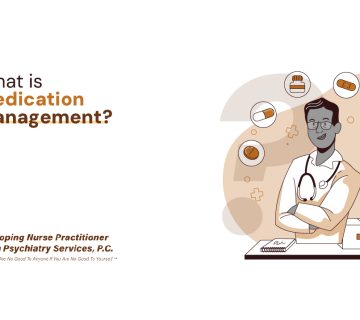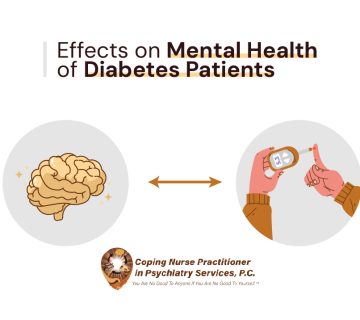Many people have experienced trauma. Whether it was recent or in your childhood, the effects of trauma can last for a long time and have a major impact on your functioning. You may have developed some mechanisms to cope, but they may be less than healthy.
Rather than struggle along with your trauma, trying on your own to deal with it, it’s important to know that help is available. There’s even a form of therapy specifically focused on resolving trauma: aptly called trauma-focused therapy.
Take a moment as Dr. Judy E. Vansiea of Coping Nurse Practitioner in Psychiatry Services in Uniondale, New York, explains more about the goal and focus of trauma-focused therapy.
What is trauma-focused therapy?
Trauma-focused therapy is a bit different from standard psychotherapy. For starters, you’re made to feel safe, seen, and understood. This can be crucial, particularly if you haven’t dealt with your trauma before.
Many trauma survivors have experienced horrific things that may make them feel scared, ashamed, or even deny that anything happened. This is common and expected, but it’s not normal or healthy.
Some of the traumas you may have experienced include:
- Sexual abuse
- Rape
- Violence/personal assault
- Combat
- Abuse
- Loss (particularly of a family member)
The first and most important thing we do is to establish the feeling of safety that you’ve lost. Healing can’t begin unless you feel safe.
Trauma-focused therapy usually includes a combination of cognitive-behavioral therapy and other lifestyle interventions.
Cognitive behavioral therapy
Cognitive behavioral therapy (CBT) is all about changing your thought patterns, which gives you a feeling of control.
Many people, particularly those with post-traumatic stress disorder (PTSD), struggle with intrusive thoughts and memories of the traumatic event. It’s almost like tapes replay over and over in their minds. The goal of cognitive-behavioral therapy is to help you learn how to turn off those tapes.
Studies prove that CBT works. By learning how to change your thought patterns, you actually change the way your brain functions. Studies conducted by magnetic-resonance imaging (MRI) show that there’s a significant difference in your brain before and after undergoing CBT.
After CBT, there’s a significant reduction in the communication between the parts of your brain that regulate emotion and logic, meaning that your brain doesn’t react as much based on emotional reactions and has time to slow down and think about things more logically.
Other lifestyle changes
A healthy mind has to work in conjunction with a healthy body. Your body, mind, and spirit are all connected, and they all have to be healthy and in balance with one another.
Some of the lifestyle changes we may recommend to treat your trauma include:
Physical activity
There’s no question that moving your body can make you feel better. You don’t have to suddenly become a gym buff unless you want to; even taking a simple walk can be enough. Studies show that exercise has a long list of benefits for your mental health, from better sleep to lower stress levels.
Dietary changes
As much as you might enjoy fast food or a beer, it usually doesn’t make you feel your best. We aim to suggest realistic dietary changes that you can fit easily into your life.
Like everything else, we suggest balance in your diet. You can have little treats once in a while, but most of what you eat should include fruits, vegetables, lean meat, low-fat dairy or dairy alternatives, and whole grains.
Prayer and/or meditation
Whether you pray or not, it’s important to pay attention to your spirit as well. Regular prayer or meditation can bring you a lot of peace and quiet your mind.
If you’re struggling with intrusive thoughts and terrible memories of something that’s happened to you, know that you can be set free and truly live again. Contact Dr. Vansiea at Coping Nurse Practitioner in Psychiatry Services today, or request an appointment online.





No comment